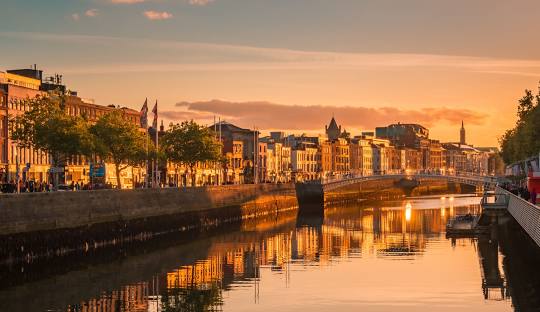
Dublin in the Early Modern Era: Georgian Grandeur and Economic Expansion
Posted by Webjuice SEO Agency in Dublin on
Georgian Dublin’s Rise
The 18th century marked Dublin’s transformation into a thriving Georgian city, celebrated for its architectural elegance and urban expansion. By this time, Dublin was briefly the second-largest city in the British Empire and fifth-largest in Europe, boasting a population exceeding 130,000.
While some medieval areas, such as Temple Bar, Aungier Street, and Capel Street, retained their older layouts, much of the city's architecture and planning was reshaped during this period. Iconic developments like Henrietta Street, built in the 1720s, exemplify Dublin’s Georgian character.
Urban Development and the Wide Streets Commission
Dublin’s growth was driven by the establishment of new districts and landmarks, including Merrion Square, Parliament House, and the Royal Exchange. To manage the city’s rapid expansion and maintain aesthetic consistency, the Wide Streets Commission was formed in 1757 by Dublin Corporation. This body set architectural standards for streets, bridges, and buildings, ensuring a cohesive urban landscape.
Guinness and Linen: Economic Powerhouses
In 1759, Arthur Guinness founded his brewery in Dublin, which would grow into the largest brewery in the world and a significant employer for the city.
At the same time, linen exports emerged as a cornerstone of Dublin’s economy. Unlike wool, linen was free from trade restrictions with England, leading to a dramatic increase in production. In 1710, Ireland exported 1.5 million yards of linen, a figure that surged to nearly 19 million yards by 1779. Linen became the most important Irish export of the century, driving prosperity across Dublin.
A Flourishing City
By the close of the 18th century, Dublin’s architectural grandeur and economic success had solidified its position as a key urban center in Europe. This period of growth and refinement left a lasting legacy on the city’s character, visible in its streets and structures to this day.